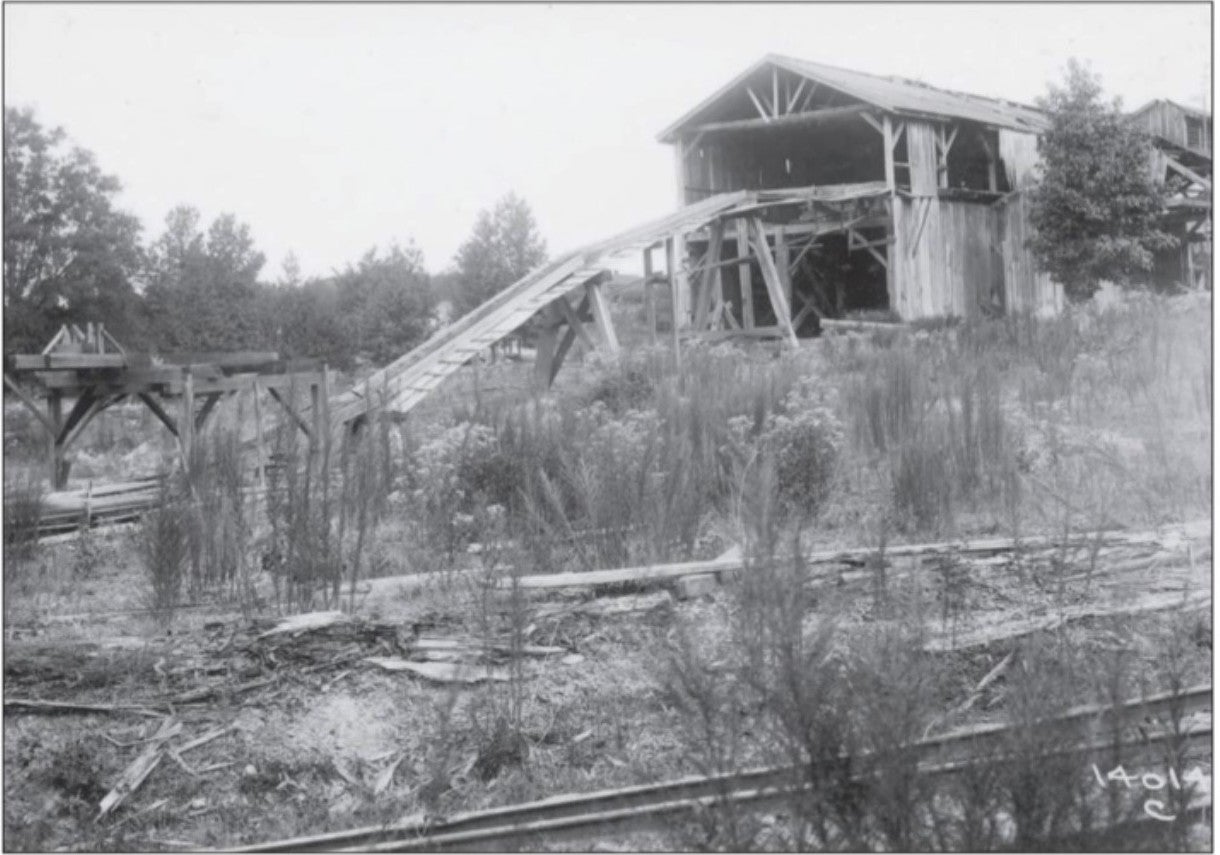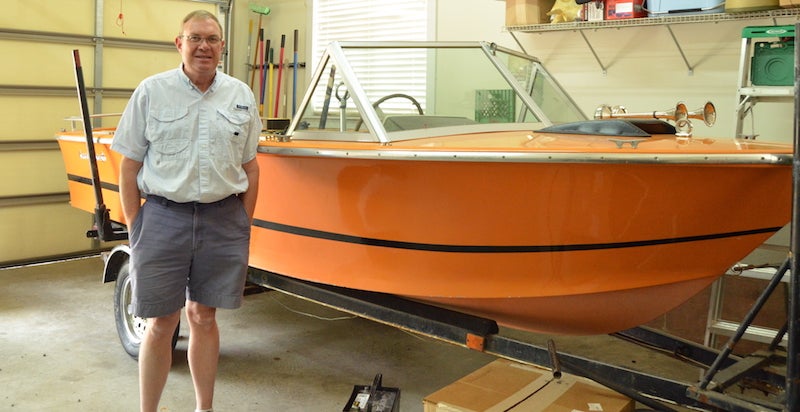Family finds history of property and Ocampo
Published 3:32 pm Tuesday, November 8, 2022

- Clear Creek Lumber Company (HISTORY OF CHILTON COUNTY | CONTRIBUTED)
|
Getting your Trinity Audio player ready...
|
Editor’s note: This article initially published in Generations. Copies are available at The Clanton Advertiser office, 1109 Seventh Street N in Clanton.
By JOYANNA LOVE | Managing Editor
The railroad and lumber industries played a crucial part in the development of Chilton County.
Some of these towns that developed for a specific industry have faded into history. Two such towns in northern Chilton County are Clear Creek and Ocampo.
“Ocampo is approximately five miles south of Calera, five miles north of Jemison and one mile south of Minooka,” Heath Bonds said.
The area’s rolling hills and pine forests added to the beauty of the community known for its creek.
Bonds shared the history of the town and the Clear Creek Lumber Company at a recent meeting of the Chilton County Historical Society. The former lumber company property and the eastern portion of the town is now owned by Heath’s father Lowell Bonds. Many of the lines where the railroad had been can be spotted. Heath Bonds has collected information on the area from old newspapers, local history books and the Alabama Power Archives through the last 20 years.
“Our story begins in 1861, when the Alabama Tennessee Railroad was constructed,” Bonds said “It was the north south railroad that basically ran from Calera to Montgomery.”
The town that developed was named Clear Creek after the creek that ran through the area.
In 1882, a second store was established in the town.
The Chilton View reported 70 students attended the town’s school.
A sawmill moved to town and established the Clear Creek Lumber Company Railroad in 1890.
“In 1892, the Louisville Nashville Railroad was constructed,” Bonds said. “This replaced the Alabama Tennessee Railroad. The new railroad bypassed Clear Creek and a new station was located at Clear Creek Lumber Company at the town of Ocampo.”
Ocampo became the fifth town on the L&N Railroad in Chilton County in 1902, and the population eventually grew to 1,028 in 1910.
The sawmill grew because of being able to use the railroad to bring lumber to the mill. Once the trains arrived at the mill, logs were dumped into a pond on the site. A log flume was constructed to
get them from the pond into the mill.
At its peak, the saw mill could produce 35 million board feet per year.
“That’s about 6.5 million 2x4s, 8-foot long,” Heath Bonds said.
The railroad had three locomotives used at the site. The first two of these were purchased used. Heath Bonds found a photo of the final locomotive that was purchased for $4,500 at the Southern Museum of Civil War and Locomotive History in Marietta, Georgia.
By 1904, the Clear Creek post office was officially moved to Ocampo.
The railroad used by the Clear Creek Lumber Company was upgraded and expanded for use by the Alabama Interstate Power Company to give access to the site of the hydroelectric dam project at Lock 12 on the Coosa River.
This project took off in 1912.
The Alabama Power Archives sheds light on just how important Ocampo and the railroad were to the project.
“At the height of construction on the dam, 250 men were working just on the railroad line,” Heath Bonds said. “They had 11 locomotives … at the height of construction more than 100 trains made the journey everyday carrying workers and supplies from the Ocampo yard to Lock 12.”
A map of the site at the time is also a part of the archives.
Natural resources in the area also drew interest.
Purple slate was found to be plentiful one mile away from the site. A slate mine was opened at the spot. In 1912, Knox dolomite was also discovered near the town, and the Clear Creek Lumber Company began collecting the resource.
“The dolomite was used in the production of steel in Birmingham,” Heath Bonds said
The large use of the railroad by Alabama Power led the Clear Creek Lumber Company to go bankrupt, Bonds said.
“When they leased their railroad line to the power company, it was not expected that they would be running 100 trains across there, and they (lumber company) could no longer operate,” Bonds said.
However, a sawmill remained on the site and was in business through the 1930s.
Today, what was once the lumber and train yard is over grown, but the Bonds family is slowly discovering the history that is left on the site. Portions of the sawmill equipment have been found.
Bonds said the family has enjoyed the nature and history the site has to offer. Hydrangeas and ferns are plentiful in the area. Where ever the family sees wisteria, they think a house once stood, since it is not native to the area. Some remains of the houses can still be seen from Highway 31.
They hope to have a historic marker placed on Highway 31 to share the history of the town.






